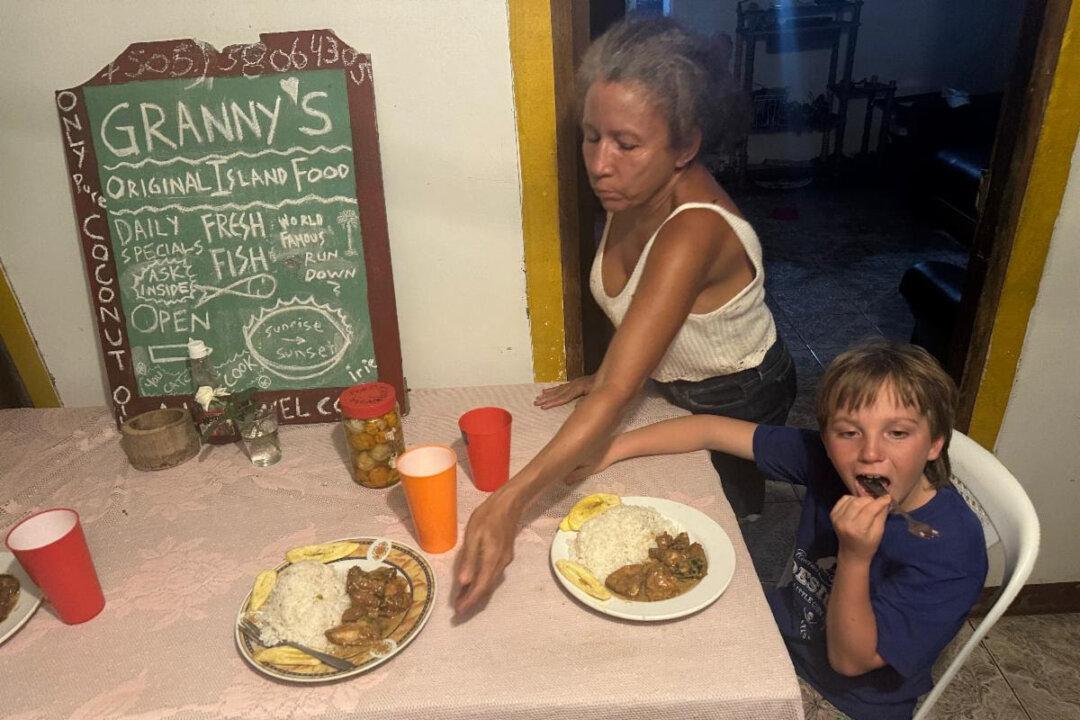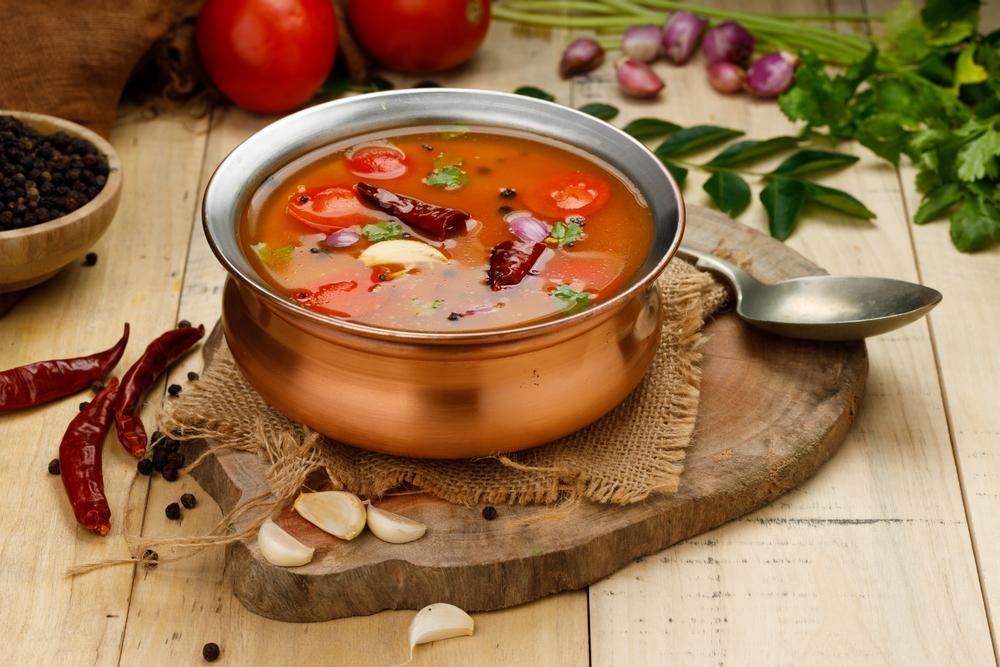The smell of fried garlic hit me as soon as I opened the door. It’s quite possibly the most intoxicating aroma on earth. Alas, I feared it meant that Edna hadn’t waited, and that made me sad.
I was there to learn how she makes moqueca, a tomato-based seafood stew that’s ubiquitous along the Brazilian coast. The dish varies by region, and Edna’s hometown of Vitória, Brazil, is widely considered to be the birthplace of moqueca. That version of the dish, called moqueca Capixaba (cah-pee-shah-bah), is why I was there. At my mom’s house in Boston, that is. I had already missed my golden opportunity to go to Vitória in real life.
Regional Variations
Edna is a Capixaba, which is to say, someone (or something) from the Brazilian state of Espírito Santo, of which Vitória is the capital. I’ve been on several buses that stopped in Vitória, heading north from Rio de Janeiro to Salvador da Bahia, Brazil. I have memories and déjà vu of opening my eyes as the bus slowed to a stop. I remember misty, forested hills on the left above the city and gentle coastline to the right. I never did get off the bus, but I always wanted to—and should have.Moqueca Capixaba, on the other hand, takes its cues from a different ancestral homeland. As European as moqueca Baiana is African, Edna’s moqueca contains olive oil instead of dendé and coconut milk. This version is lighter and just a few olives and capers away from being an Italian cioppino and worlds away from the moqueca of the north.
Building Flavor
Edna had everything chopped and prepped, but for my edification, she insisted that I cook it. She turned the heat to medium under a stew pot and told me to do the Brazilian thing with the garlic. It made me nervous. The last thing I wanted to do was mess up the garlic, either by burning it or undercooking it.Brazilian garlic-frying reflects a level of brinkmanship that you need to get pretty much anything done in that place. They take it closer to the edge of burnt than most. Often the garlic is mixed with salt. Sometimes it’s fried in a thin, dented aluminum pan without any oil. As long as the inevitable blackening is thwarted by moisture before it becomes too bitter, the glorious flavor gets captured by the food. In the case of moqueca Capixaba, the browned garlic gets deglazed by chopped tomatoes and onions, which release their moisture and stop the burning.
I then added a jar of sofrito, a Caribbean seasoning sauce popular throughout the Iberian diaspora. Edna used Goya brand sofrito with a tomato base and green pepper, onions, culantro, and garlic. Culantro is a wide-leafed plant that tastes like extra-strong cilantro. Native to the Caribbean and Latin America, culantro is now cultivated worldwide. In Southeast Asia, it has names along the lines of “sawtooth coriander” and is considered by many to be indispensable to a good bowl of pho.
The combination of cilantro and bell peppers, along with that almost-burnt garlic, is what creates the distinct flavor of moqueca. It’s like an off-key jazz chord that you play until it sounds right and then build a song around. The harmonious discord of the moqueca flavor works particularly well with fish, including the swordfish and shrimp that Edna had brought.
I can see why Capixabas consider their moqueca to be the original. Without the distractions of dendê and coconut milk, the flavors of the other ingredients shine through more clearly—just veggies, fish, and olive oil.
And fried garlic, of course.

Moqueca Capixaba (Brazilian Seafood Stew)
If it wasn’t for the cilantro and a few shakes of Adobo spice mix, this could be a European dish.Serves 6
- 1 tablespoon olive oil
- 1 clove garlic, minced or pressed
- 1/2 teaspoon salt
- 2 cups white rice (Edna used Goya jasmine)
- Water, commensurate with the rice you are using
- 4 tablespoons olive oil
- 3 large cloves garlic, minced
- 1 teaspoon salt
- 1 tablespoon Adobo seasoning (a Latino spice mix with garlic powder and other spices; try to get it with either paprika or annatto, or blend your own, like I did)
- 12-ounce jar Goya Sofrito
- 2 large spoonfuls Ragú, or similar marinara sauce
- 1 medium to large onion, chopped
- 2 medium tomatoes, chopped
- 1 pound swordfish (or another tough fish that you can stew), cut into chunks
- 1 pound shrimp
- 1 pound ocean fish of your choice, such as rockfish or cod (if using thin filets, roll, and toothpick them)
- 2 bell peppers, chopped
- 2 large bunches of fresh cilantro, trimmed and chopped
- 1 bunch green onion, white parts only, chopped
For the stew, put a heavy pot on medium heat. Add the olive oil, garlic, and salt and fry the garlic. Add the Adobo seasoning and stir. Add the sofrito sauce and marinara sauce, followed by the onions and tomatoes and a bit of water to deglaze the pot and bring to a simmer.
Taste the sauce and adjust the salt. Add the swordfish, arranging the chunks in the sauce, adding water as necessary to cover. Simmer for 30 minutes (while you clean the kitchen, Edna advised).
Add the shrimp, along with any other similarly fast-cooking seafood. Whatever fish you use should be tough enough to not fall apart. Cook another 10 minutes.
Finally, add the chopped bell peppers, cilantro, and green onions. Spread it around the top, stirring gingerly, but don’t disturb the fish. You don’t want to stir the moqueca any more than you want to stir the rice.
After another 10 minutes, turn off the heat. Serve with the rice.




